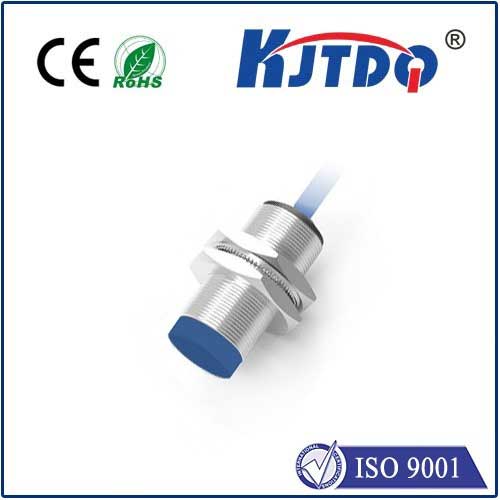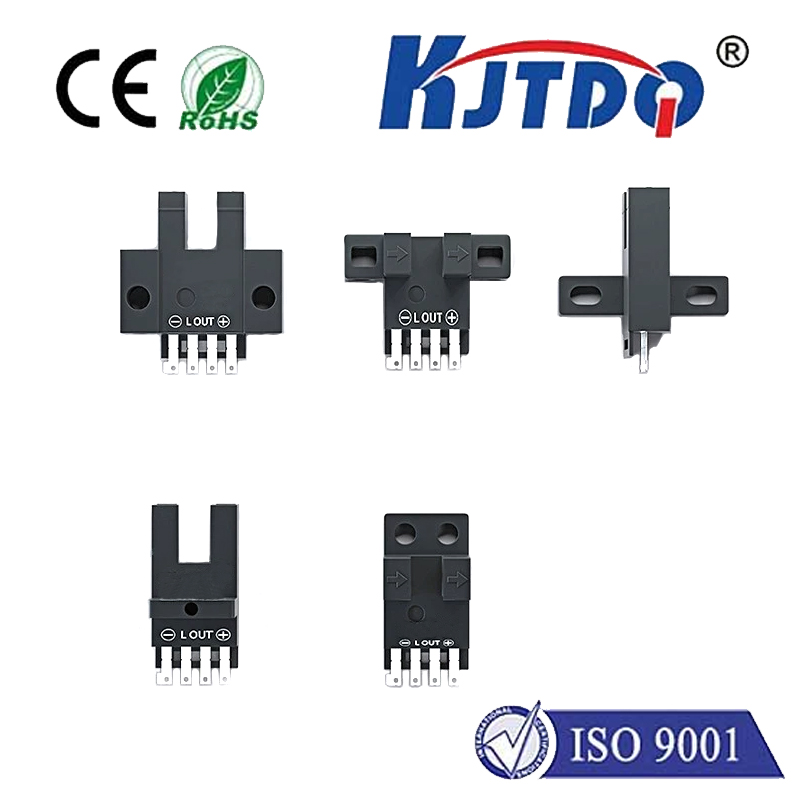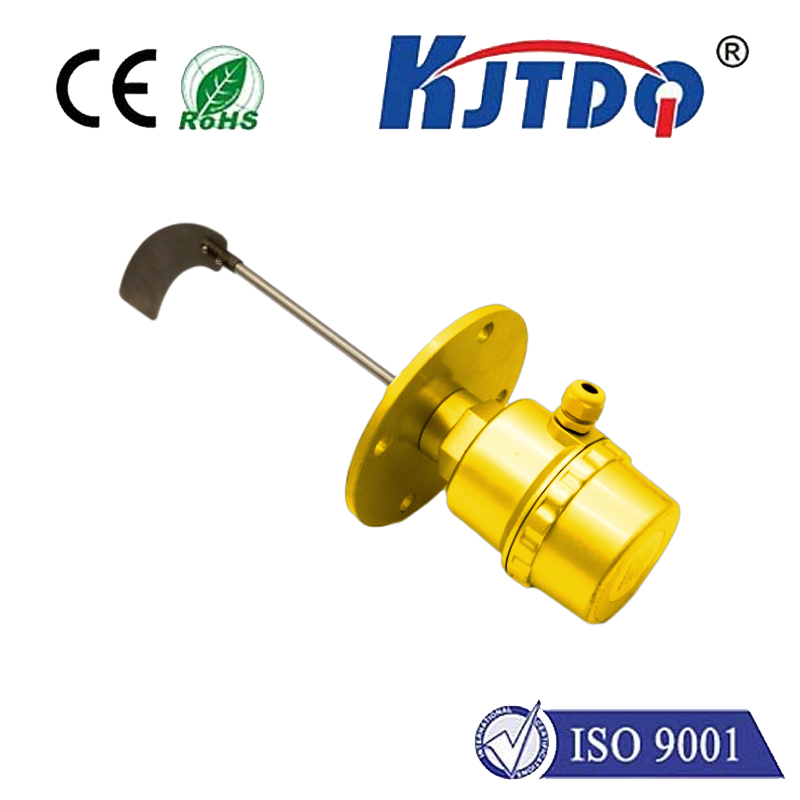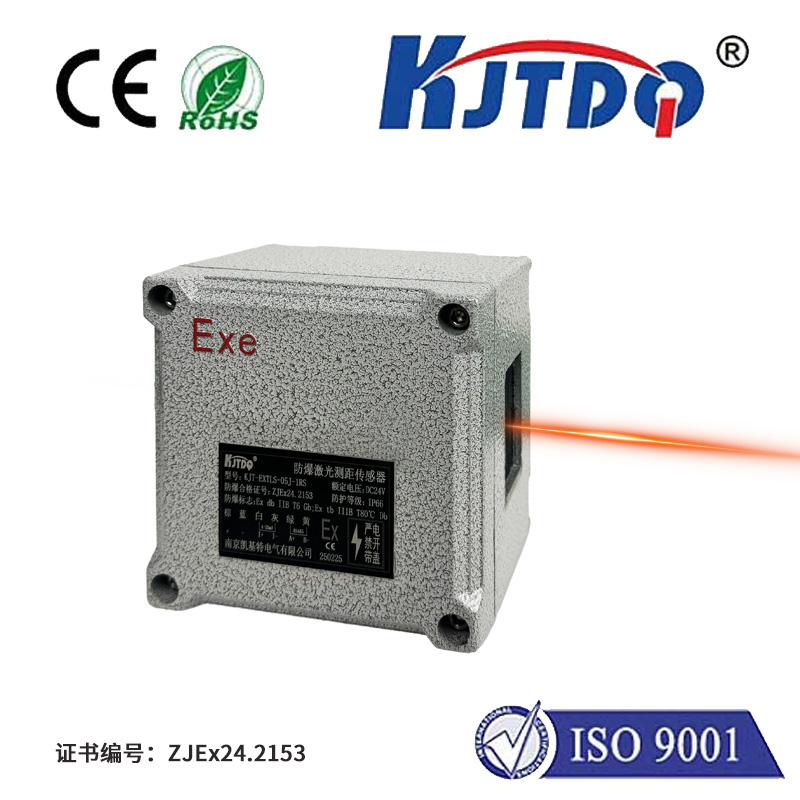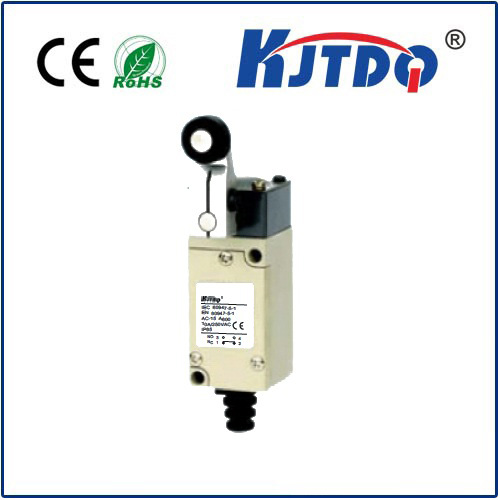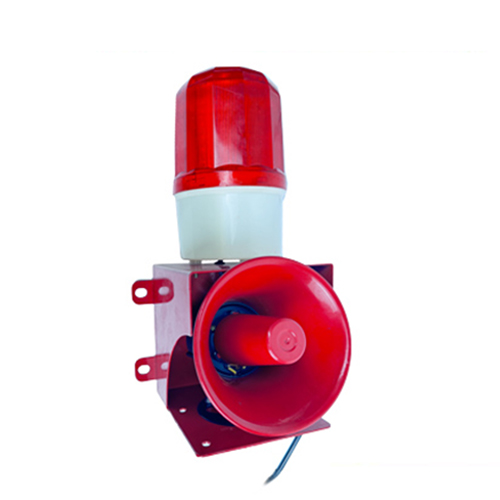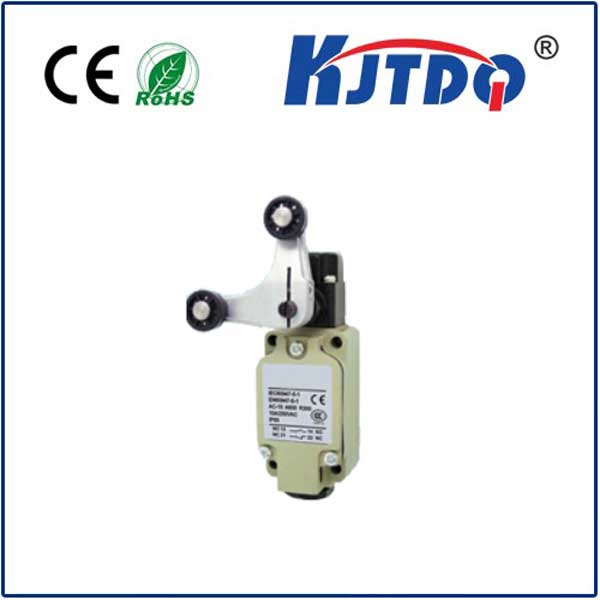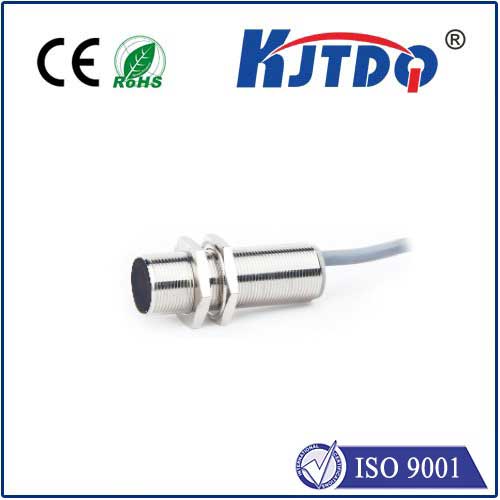
Проверка

Проверка

Проверка

Проверка

Проверка

Проверка
A single spark. An instant of uncontained energy. In environments laden with flammable gases, dusts, or vapors, these aren’t minor incidents; they are catastrophic failures waiting to happen. This inherent danger defines hazardous locations – areas classified under standards like ATEX (Europe), IECEx (International), or NEC (North America) where specialized equipment isn’t just beneficial, it’s mandatory for safety and operational continuity. Enter the explosion-proof limit switch (Ex Proof Limit Switch), a critical component engineered to operate reliably precisely where conventional devices would pose an unacceptable risk. Understanding its function, design, and importance is paramount for engineers and safety managers navigating these volatile landscapes.
At its core, a limit switch is a fundamental electromechanical device. Its primary function is to detect the presence or absence, passage, positioning, or end-of-travel of an object, converting this physical motion into an electrical control signal. Think of a conveyor belt stopping when a package reaches the end, a machine tool halting at the correct position, or a valve confirming it’s fully open or closed. These switches provide essential feedback for automation, safety interlocks, and process control across countless industries.
The critical distinction lies in the environment. In a standard factory setting, a regular limit switch functions adequately. However, place that same switch in a refinery, a grain silo, a chemical processing plant, or a mining operation, and the risks escalate exponentially. The potential ignition sources inherent in any electromechanical device – tiny internal sparks during contact make/break, heat from friction, or even a component failure – become potentially disastrous ignition triggers for surrounding flammable atmospheres. This is where the explosion-proof design becomes non-negotiable.

An explosion-proof limit switch isn’t merely “robust” or “sealed.” It’s specifically engineered and rigorously tested to contain and withstand an internal explosion without allowing flames or hot gases to escape and ignite the surrounding hazardous atmosphere. This is achieved through several key design principles:
Merely claiming a limit switch is “Ex Proof” is insufficient. Legitimacy and safety assurance come from independent third-party certification against established international and regional standards. Look for clear markings indicating compliance, such as:
These specialized switches are the silent sentinels in high-risk sectors:
Selecting the right Ex Proof limit switch is critical. Factors include the specific hazardous area classification (Zone/Division, Gas/Dust Group, Temperature Class), the required electrical rating (voltage, current, AC/DC), the mechanical duty (number of operations, contact arrangement - NO/NC), the actuator type (lever, roller, plunger, rod) suited to the application, the environmental protection rating (IP), and the necessary certifications. Consulting with manufacturers or hazardous area specialists is highly recommended to ensure compliance and optimal performance.
Beyond mere functionality, Ex Proof limit switches are fundamental pillars of intrinsic safety. They embody the principle that operations in dangerous environments can be conducted safely, but only with the correct, certified engineering solutions. Their robust design and

